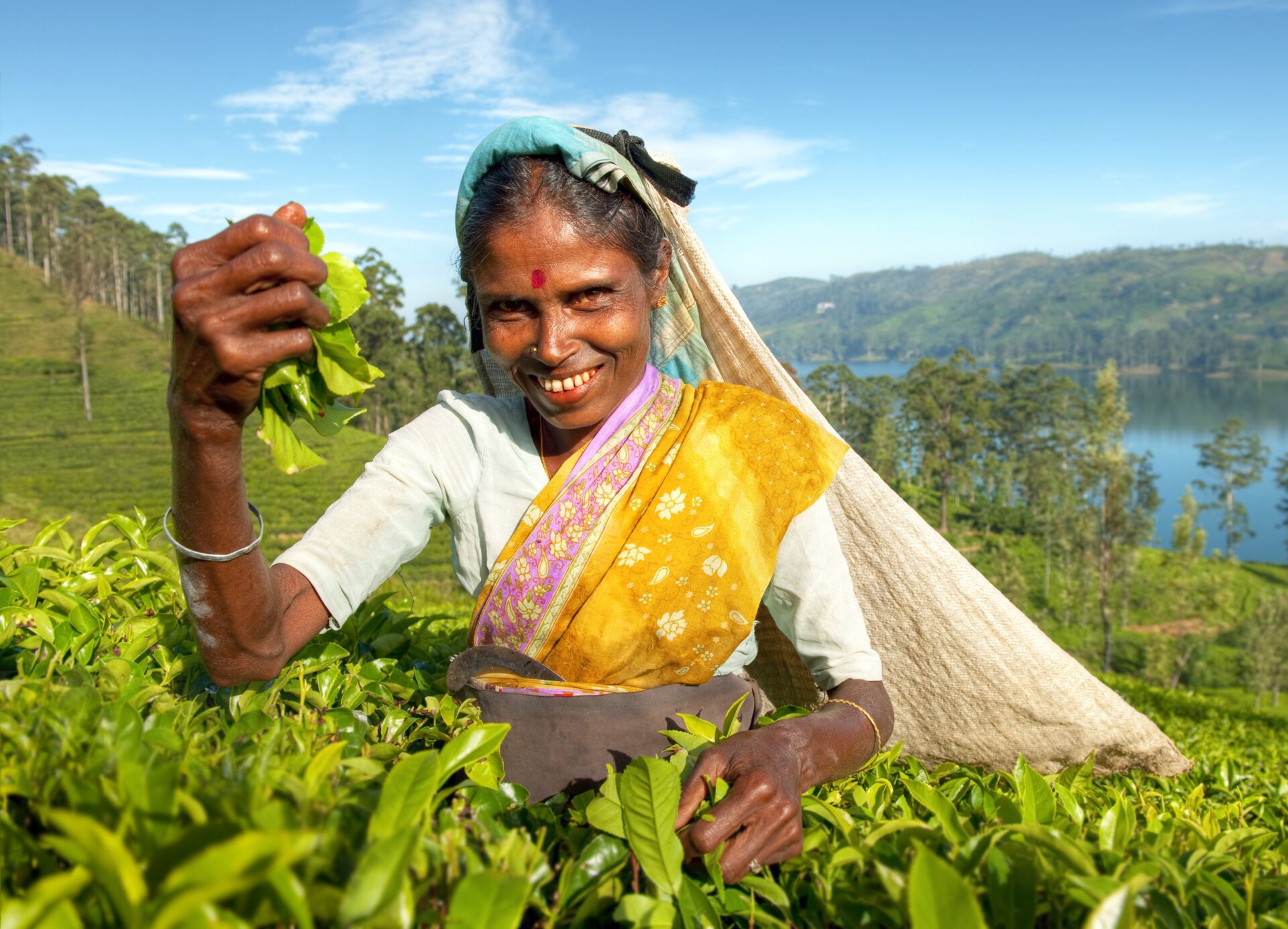Tea is an ancient beverage which is consumed worldwide and which has numerous beneficial effects
We at ArtOn Café are interested not only in coffee, but also in other beverages such as tea. That is why we always follow Dan Bolton’s podcasts on Tea Biz. We are glad to share with you some nuggets concerning the world of tea.
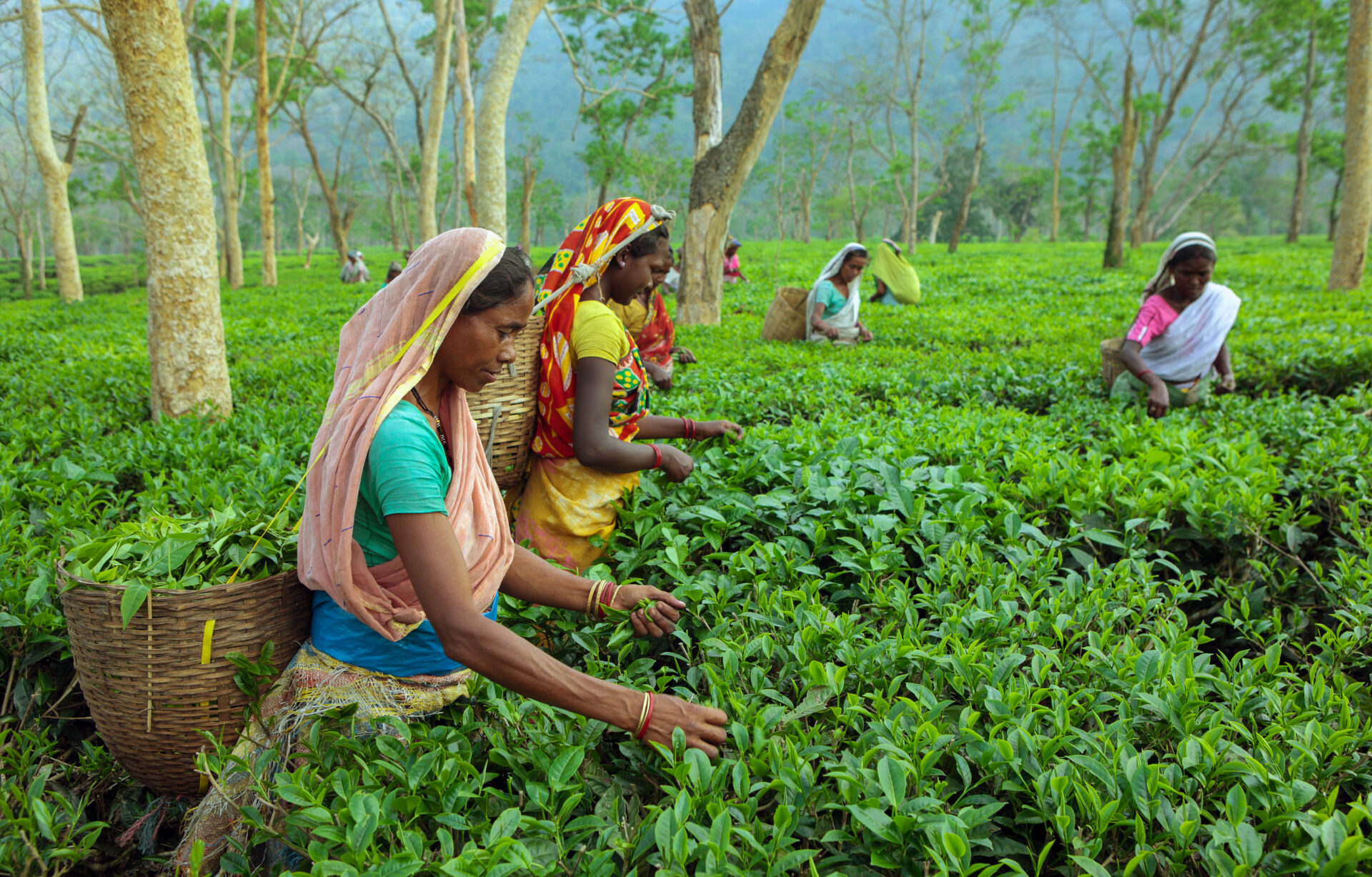
Tea production: agro-climatic requirements
Tea crops generally require specific characteristics concerning soil and climatic conditions that are available only in tropical and sub-tropical climates. Some tea varieties, however, can tolerate marine climates. Considering its agro-climatic requirements, the tea plant needs a hot and moist climate, with temperatures ranging from 10 to 30° C, minimum annual precipitation of 1250 mm, acidic soils, ideally 0.5-10° slopes and elevations up to 2000 metres. Because of these specific requirements, tea production is geographically limited to a few areas around the globe and is sensitive to changes in growing conditions. Notably, its growing conditions are subject to climate change (UN Food and Agriculture Organization, 2015), which might impose adaptation processes that will be discussed in the following paragraphs.
Socio-economic implications of climate change on tea producing countries
Tea plays a vital role in rural development, poverty reduction and food security in developing countries. Moreover, tea represents one of the main cash crops around the world. As tea is grown under specific climatic conditions, climate change significantly might affect tea crops and the entire tea industry. Because of changes in climate, tea growing areas in Asia and Africa have recently reported on decline in tea production (Kaison & Brattlof, 2015).
Mitigation and adaptation strategies will be much needed to respond to climate change and avoid economic and social disaster in the most affected areas. In fact, several uncertainties due to climate change are not yet fully understood, but could potentially affect future tea production levels in a significant way. These uncertainties possibly include extreme weather events, natural disasters, the proliferation of certain diseases and higher infrastructure costs (Kaison & Brattlof, 2015).
The major tea producing countries
As tea plants require specific agro-climatic conditions, tea plantations are limited to a few countries around the world. Tea is planted in 58 countries in the five continents where tea is grown, with Asia having the largest area under tea, followed by Africa. The total land under tea cultivation is more than 3 million hectares (Kaison & Brattlof, 2015).
China is the largest tea producing country and accounts for more than 38% of the world total (UN Food and Agriculture Organization, 2015). The second largest tea producer is India, followed by Kenya, Sri Lanka and Turkey. Vietnam, Indonesia, Myanmar, Argentina and Japan complete the top 10 (World Mapper, 2016).
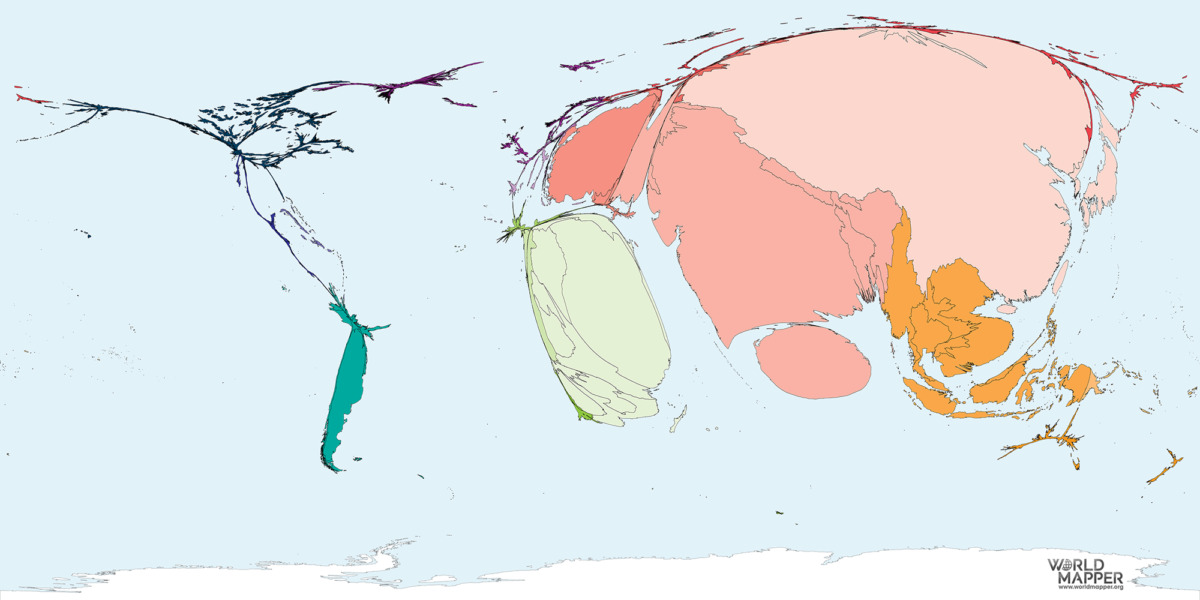
Territory size is proportional to tea harvested there in 2016.
Source: (World Mapper)
Tea consumption: the world’s major tea drinking countries
Tea is – after water – the most popularly consumed beverage in the world, with a per capita consumption of about 120 mL/day (McKay & Blumberg, 2002). Black tea is consumed mainly in Europe, North America and North Africa, with the exception of Morocco, while green tea is popular throughout Asia. Oolong tea, finally, is popular in China and Taiwan (McKay & Blumberg, 2002).
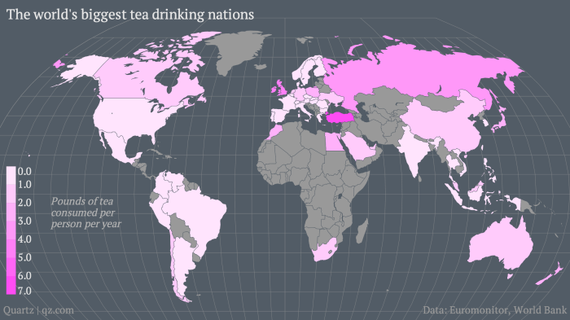
Source: (Ferdman, 2014)
In absolute terms, China is the largest tea consuming country, but if we consider the data per person then the major tea drinking countries are Turkey, Ireland and the United Kingdom (Ferdman, 2014).
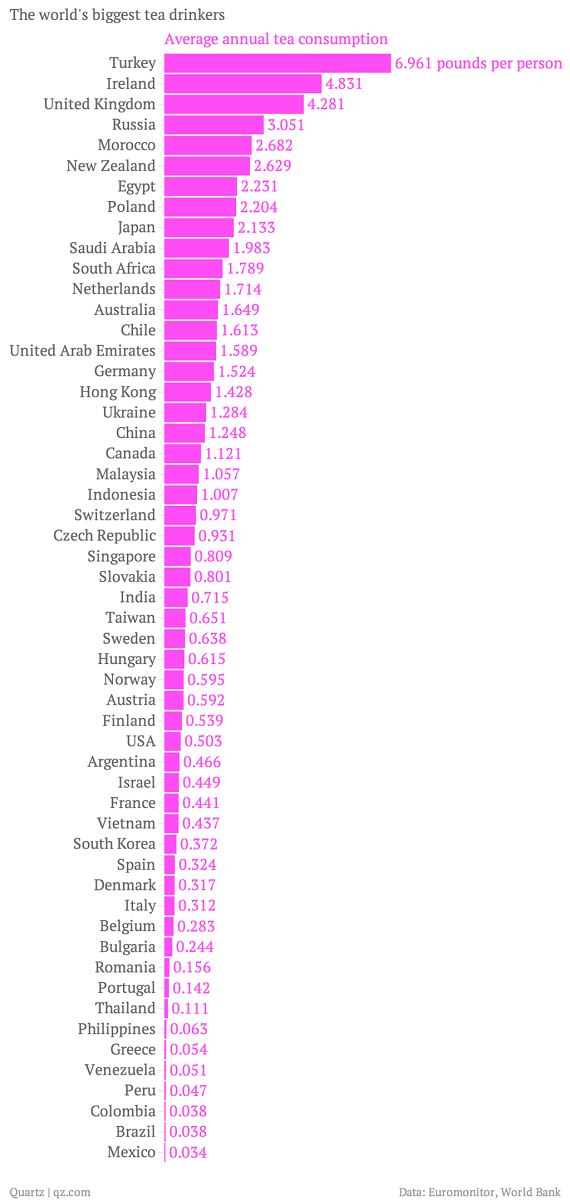
Source: (Ferdman, 2014)
How tea positively affects human health
Tea is said to have several positive effects on human health and drinking this beverage has been considered a healthy habit since ancient times. Scientific investigation of this topic intensified in the last decades and modern research on tea properties aims at providing a scientific basis for the beliefs concerning this beverage (Khan & Mukhtar, 201 C.E.; McKay & Blumberg, 2002).
For example, a recent study published on Nutrients investigated the acute impact of Hibiscus sabdariffa calyces (HSC) extract consumption on blood pressure (BP), vascular function and other cardiometabolic risk markers (Abubakar, Ukeyima, Spencer, & Lovegrove, 2019). Basically, the study shows a significant increase in the brachial artery’s ability to carry blood throughout the body following a fatty meal at which subjects drank a hibiscus beverage (Bolton, 2019).
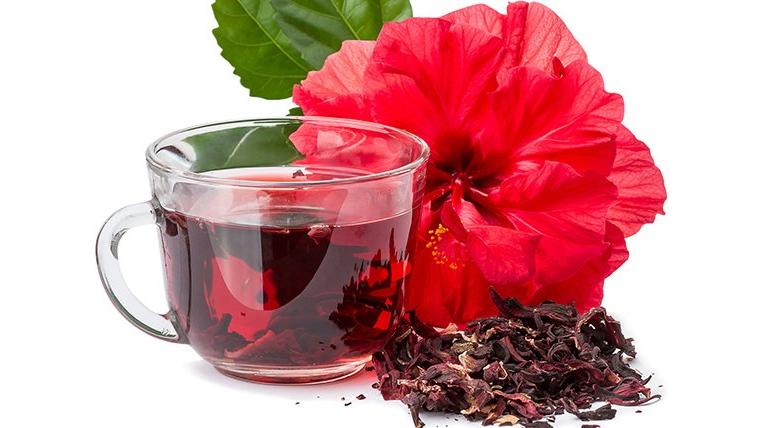
Source: (Bolton, D.)
Summer vibes and the iced tea market
Summer, at least in Europe, has always been associated with iced tea. As we are approaching summer, we at ArtOn Café are wondering what the iced tea market trends are. The iced tea market is growing due to the global demand for bottled iced tea. With the introduction of trendy and flashy flavours, an increased demand for iced tea is expected over the coming years. Reduced sugar and healthy unsweetened iced tea is becoming increasingly popular and the industry is witnessing high growth in demand for herbal tea and green tea. Finally, the iced tea market is expected to expand rapidly through to 2030 (WTN Editor, 2021).

Let’s sip a glass of iced tea and enjoy the taste of summer!
Bibliography
Abubakar, S. M., Ukeyima, M. T., Spencer, J. P. E., & Lovegrove, J. A. (2019). Acute Effects of Hibiscus sabdariffa Calyces on Postprandial Blood Pressure, Vascular Function, Blood Lipids, Biomarkers of Insulin Resistance and Inflammation in Humans. Nutrients, 11(2), 341. Retrieved from https://www.mdpi.com/2072-6643/11/2/341
Bolton, D. (2019). Hibiscus Demonstrates Cardiovascular Benefit. Worldtea News. Retrieved from https://www.worldteanews.com/Insights/hibiscus-demonstrates-cardiovascular-benefit
Ferdman, R. A. (2014). Map: The Countries That Drink the Most Tea. The Atlantic. Retrieved from https://www.theatlantic.com/international/archive/2014/01/map-the-countries-that-drink-the-most-tea/283231/
Kaison, C., & Brattlof, M. (2015). Socio-economic implications of climate change for tea producing countries. Rome. Retrieved from http://www.fao.org/3/i4482e/i4482e.pdf
Khan, N., & Mukhtar, H. (201 C.E.). Tea and Health: Studies in Humans. Current Pharmaceutical Design, 19(34). doi: 10.2174/1381612811319340008
McKay, D. L., & Blumberg, J. B. (2002). The Role of Tea in Human Health: An Update. Journal of the American College of Nutrition, 21(1), 1–13. doi: 10.1080/07315724.2002.10719187
UN Food and Agriculture Organization. (2015). World tea production and trade. Current and future development. Rome.
World Mapper. (2016). Tea Production. Retrieved from Tea Production website: https://worldmapper.org/maps/tea-production-2016/
WTN Editor. (2021). Report: A Look at the Global Ice Tea Market Through 2030. Worldtea News. Retrieved from https://www.worldteanews.com/issues-trends/report-look-global-ice-tea-market-through-2030
Picture credits:
- Opening picture: Bibadash, ID: 1548167555, Shutterstock, retrieved 26 May, 2021, from: https://www.shutterstock.com/it/image-vector/ready-partea-funny-pun-female-hands-1548167555
- Introduction picture: Hari Mahidhar, ID: 770344084m Shutterstock, retrieved 27 May, 2021, from: https://www.shutterstock.com/it/image-photo/assam-north-east-india-april-212008-770344084
- Summer vibes and iced tea market: Elena Veselova, ID: 657892990, Shutterstock, retrieved 26 May, 2021, from: https://www.shutterstock.com/it/image-photo/traditional-iced-tea-lemon-ice-tall-657892990
- Final picture: Rawpixel.com, ID: 192828851, Shutterstock, retrieved 27 May, 2021, from: https://www.shutterstock.com/it/image-photo/indigenious-sri-lankan-tea-picker-192828851
